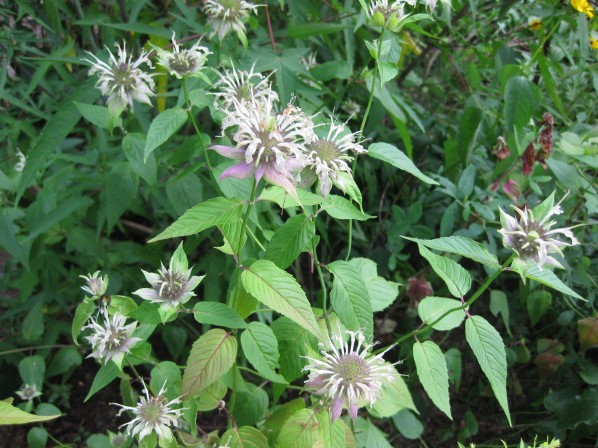The Marquis prescribed for his EPM is on allocation and shipping was delayed, so we started him on a different EPM med called Re-Balance last week. On day three of that, symptoms worsened slightly, but by day four he was back to his improved self. The Marquis arrived yesterday just in time to give his daily dose, so we’ve switched him to the Marquis for 28 days and will finish off the Re-Balance at the end of that, assuming things look good.
Being the generally cooperative guy he is, I usually don’t have to halter Keil to give meds, so he took the Marquis easily, but then didn’t want to stand still for some needed fly spray (we got close to 80 yesterday and the gnats were back in full force!). My husband got his halter and Keil Bay cantered from a standstill around the entire barn and into the other end of the barn aisle, looking quite stable and fit. So I’m feeling relieved about how this is going so far.
I’m tapering him off the Bute now and he’ll go on Duralactin to keep a non-prescription, milder anti-inflammatory on board through the EPM treatment.
Today he’s starting APF (an adaptogen) in advance of tapering slowly onto Prascend to treat the PPID/Cushings. After consulting with my homeopathic vet, he’ll stay on his two remedies and I’m going to use the Prascend to see if there is improvement overall while also pulling bloodwork each 4-6 weeks to track his ACTH level. We’re in the seasonal rise still so I want to have a snapshot of how his ACTH tracks coming out of it. We should have one more look at it before the Prascend kicks in, and then see where it goes from there.
ECIRhorse.org has a database of great information about managing horses dealing with this disease, which is quite common in older horses and if left untreated can cause severe symptoms in some.
Overall, Keil Bay is looking good and while I’m keeping a close eye on him, he seems to be his usual self right now. He has hoof trim tomorrow and chiro on Saturday so those two things will offer some more clues to how he’s doing, and he’ll get another acupuncture treatment next week.









